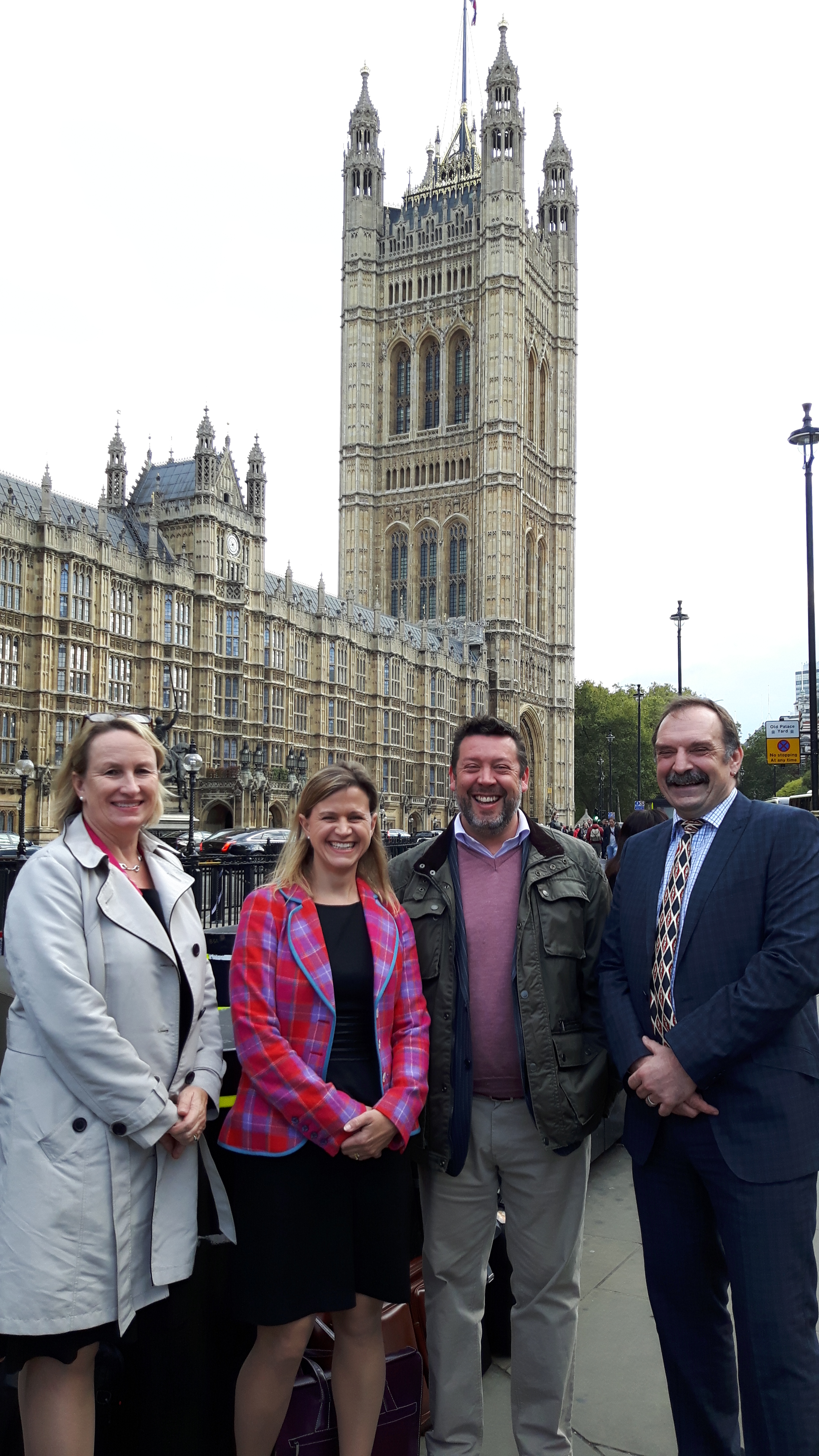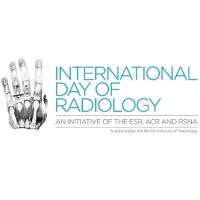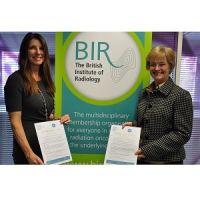“Radiotherapy, the cancer treatment of the past or future?” was the title of a presentation delivered to members of the Parliamentary and Scientific Committee (P&SC) on 10 October 2016 at the House of Commons. The talk was organised jointly by the BIR and IPEM.
The multidisciplinary presentation, chaired
by Stephen Metcalfe MP, was delivered by Dr Alexandra Stewart (Consultant
Clinical Oncologist, Royal Surrey Hospital), Mark Davies (a patient who has had
radiotherapy), Charlotte Beardmore (Director of Professional Policy, Society
and College of Radiographers) and Professor Andy Beavis (Head of Radiation
Physics, Hull and East Yorkshire Hospitals).
The talk was delivered to an audience of MPs,
members of the House of Lords and members of the P&SC, which included
representatives from scientific bodies, science-based industry and the academic
world. The “take home message” of the talk was that radiotherapy is a cost
effective treatment that should be prioritised as it can improve both life
expectancy and quality of life for patients.
Dr Stewart introduced the talk by defining
radiotherapy, explained its history and the different types of radiotherapy.
She said that radiotherapy can be seen as “old fashioned” because of its
origins in the early history of X-ray and electrotherapy. However, because it
can target tumours very accurately, radiotherapy now cures more people than
chemotherapy. In 2010 40% of those people whose disease was controlled had
radiotherapy.
In a powerful talk Mark Davies explained
why radiotherapy was the best choice for him when he was diagnosed with
colorectal cancer. He stressed that
cancer must not just be about prevention of death but also about preparation
for life. Radiotherapy meant that he didn’t have to live with a stoma bag, one
of the consequences of surgery. He also emphasised that radiotherapy can reduce
the costs to the state and employers (loss of working days, cost of
recruitment, etc.).
Charlotte Beardmore gave an overview of the challenges and opportunities to deliver a world class radiotherapy service including patient access and journey times, the high cost of equipment and huge variations in workforce requirements. There is more demand for radiotherapy staff, many vacancies and greater need for specialist skills and training at the same time as cuts to continuous professional development budgets.
Finally, Professor
Andy Beavis talked about the future of radiotherapy. Advances in technology
mean that radiotherapy can be targeted even more precisely through adaptive radiotherapy,
new MRI guided radiotherapy, intensity modulated image guided radiotherapy,
proton therapy and drug technology. He stressed that multidisciplinary working,
quality control at the core of UK trials and consensus across all three
professional bodies is the driving force behind advances in radiotherapy.
After the talk, participants gathered for networking drinks and a dinner during which the debate continued.
Jacqueline Fowler,
Chief Executive of the BIR said, “This was a fantastic demonstration of how we
can raise the profile of radiotherapy through collaboration across the
disciplines. The speakers were excellent and got our message across loud and
clear.”
Rosemary Cook, Chief Executive of IPEM, added, “It was good to be able to
discuss this important topic with such an interested group of MPs and peers.
Radiotherapy touches many people’s lives, and our policy-makers are key to the
future of health services that bring these cutting-edge treatments to people
who need them.”

The slides from the event will be available on the Parliamentary and Scientific website
http://www.scienceinparliament.org.uk/
Source & Image Credit: British Institute of Radiology



























